As we already know, Sydney is Australia’s primary entrant point for migrants:
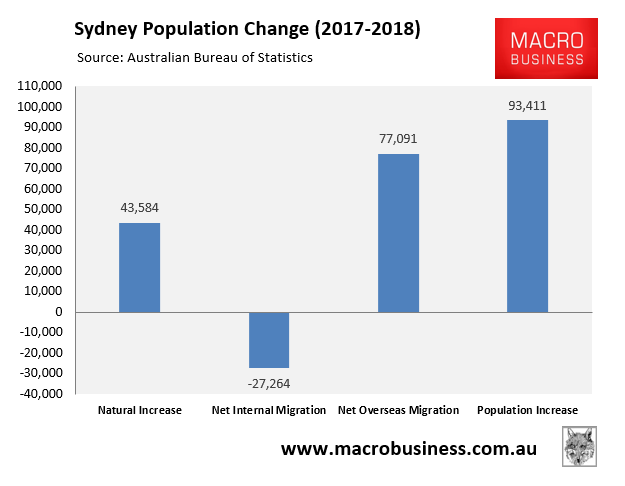
And Western Sydney is the prime dumping ground for these migrants:
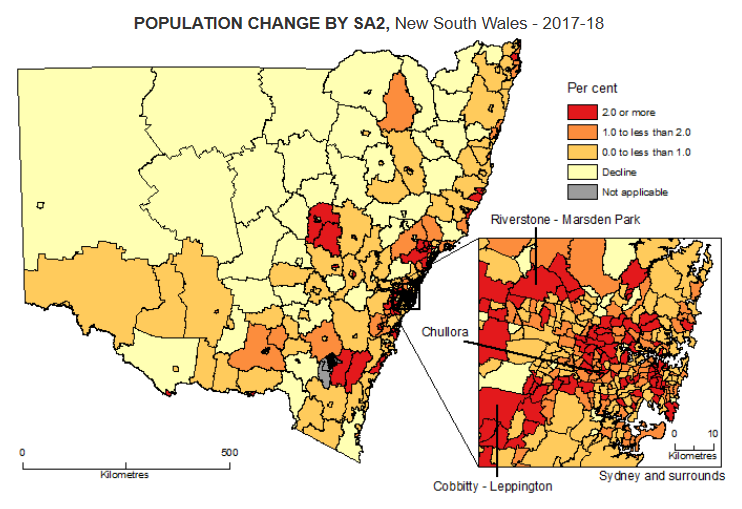
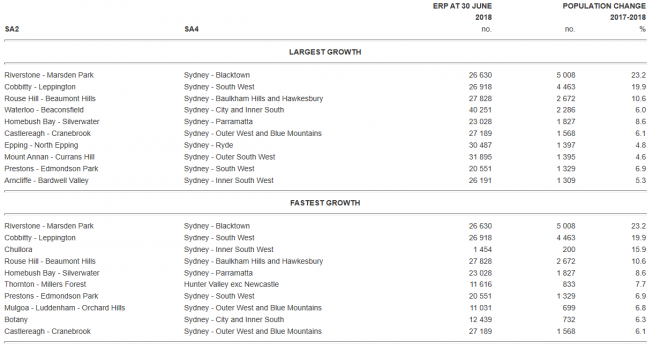
With Western Sydney also projected to receive the lion’s share future immigration-driven population growth – i.e. an additional 1.2 million people over the next 20 years, according to the Greater Sydney Commission:
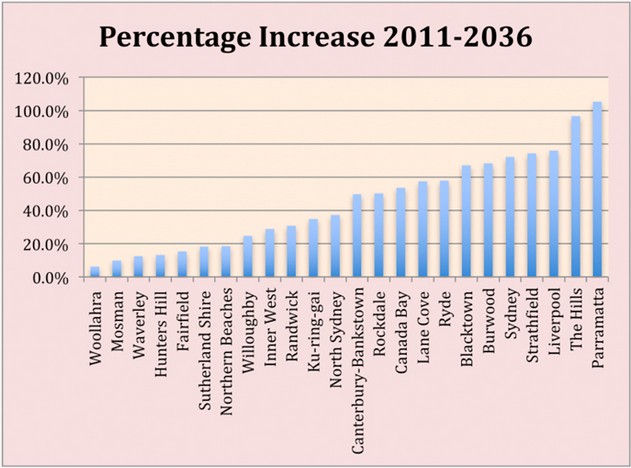
Future Sydney residents are also projected to be squeezed into high-rise dog box apartments, according to projections from the Urban Development Institute of Australia:
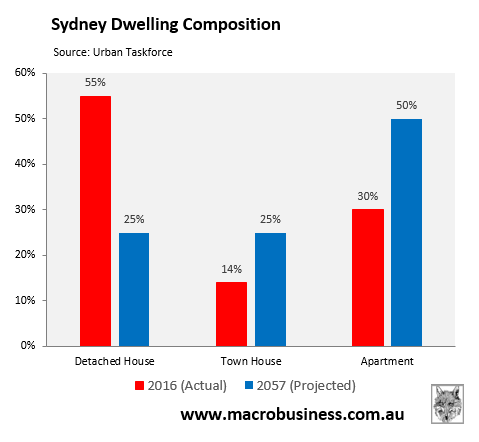
Last month, the head of the Greater Sydney Commission (GSC), Lucy Turnbull, outlined an “exciting” future for Western Sydney, which involves being crush-loaded with another 1.2 million people:
GSC’s chief commissioner Lucy Turnbull… said places such as Parramatta and Bankstown represented the “future of Sydney and Australia” with a youthful and diverse population making them “exciting” corners of the wider city…. “1.2 million people in western Sydney in the next 20 years is a reasonable forecast”…
And this proclamation by Lucy Turnbull came despite new figures showing that Western Sydney is already suffering from severe disadvantage:
Western Sydney can seem a world away from the wealthier, eastern side of the city… “As much as we are strong advocates of western Sydney, we need to be realistic that too many times we are on the wrong side of that line. In terms of per capita lower incomes, below average NAPLAN results and school attendance, higher unemployment and higher rates of preventable disease and hospital admissions” [Christopher Brown, Chairman of the Western Sydney Leadership Dialogue, said].
“Western Sydney is the diabetes capital of the country,” he said. “There are also higher rates of domestic violence which is the shameful secret of western Sydney”.
But while Western Sydney is being crush-loaded by migrants, the wealthy elites in the city’s East have put up walls to keep the migrant riff-raff out:
The beautiful suburb that provides homes for many of the men and women who run the Australian economy is fighting for over-priced cherries, tomatoes and avocados…
Now Tony Abbott has been dispatched from public life, the Mosman peninsula on Sydney’s lower north shore has shifted focus. Not to the problems of low wages growth, housing affordability or Indigenous recognition. But the horror of a Woolworths…
With the aid of a professional public relations firm, a local pressure group, Mosman Village Community, is leading a fight against a Woolworths outlet, which it argues will increase traffic and drive artisan shops broke. About 1500 residents have signed up for the campaign…
“This is one of the few remaining village-type high streets in Sydney,” says Colin Gunn, a spokesman for the group. “A major shopping centre would change the nature of the village.”
Underlying the opposition is a form of retail snobbery and resentment towards outsiders…
At the same time, the council is seeking community input on its long-term plan for the suburb, which keeps its population low and prices high by limiting housing growth.
As shown in the chart above, Mosman’s projected population growth is the second lowest in Sydney behind Lucy Turnbull’s wealthy enclave of Woollahra.
So basically, the GSC is running a form of economic apartheid whereby Western Sydney shoulders the lion’s share of immigration and population growth to provide cheap foreign labour and inflated demand to the wealthy barons in the East.
This model enables the Elites in the East to profit from the rentier services of over-priced ghetto apartments and postage stamp houses, inflated land banks, as well as higher volumes of mortgages and retail sales, while not having to share in the downsides of congestion and eroded amenity.

